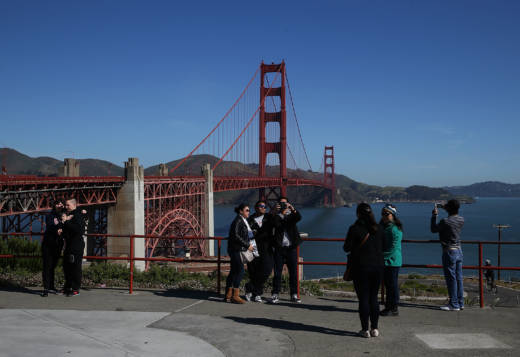Researchers warn that the surge in global tourism is outstripping the “decarbonization” of tourism-related technology.
In the first study of its kind, researchers found that carbon emissions from world travel contribute about 8 percent of all carbon emissions, four times more than previously estimated.
That rate is expected to grow 4 percent annually, outpacing the footprints of many other economic sectors, according to the study published Monday in the journal Nature Climate Change.
The study takes a sweeping look at the environmental impact of global tourism by examining the entire supply chain, from flights, dining, to shopping purchases. High-income countries account for the majority of this footprint, with the U.S. topping the list followed by China, Germany and India.
“Our analysis is a world-first look at the true cost of tourism — including consumables such as food from eating out and souvenirs — it’s a complete life-cycle assessment of global tourism, ensuring we don’t miss any impacts,” said senior author Arunima Malik, who teaches sustainability at the University of Sydney.
